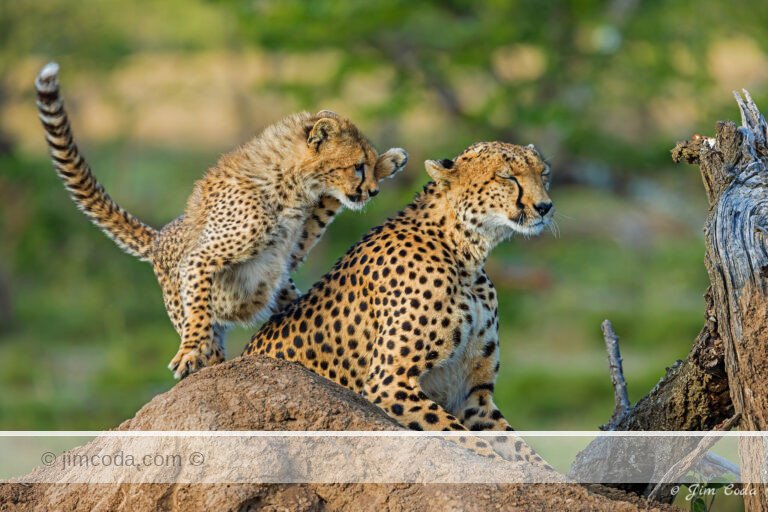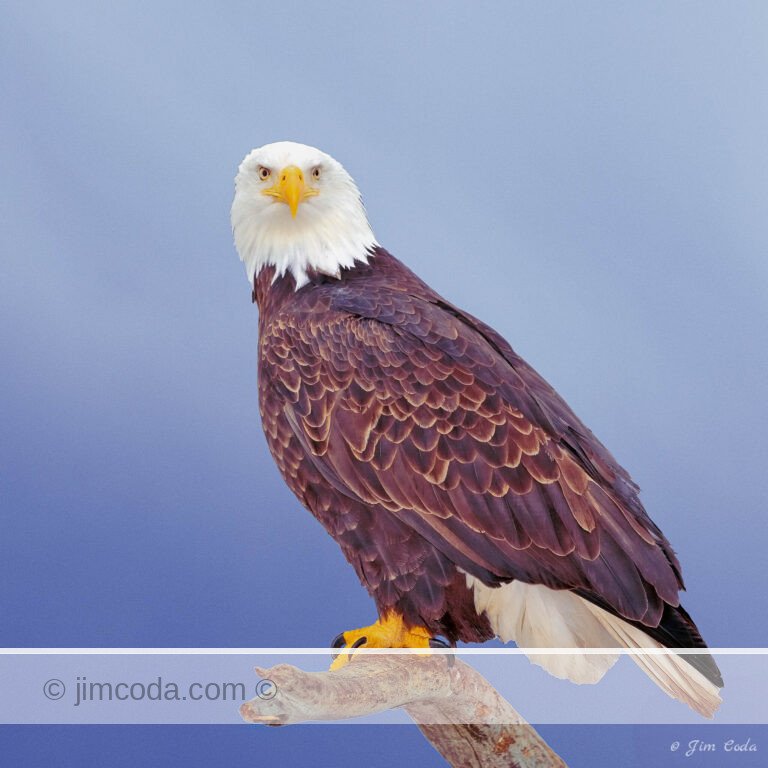Tag: badgers
I've been going to Point Reyes National Seashore on a regular basis since January 2010 to photograph...
When I arrived in Yellowstone on June 1, I was told there was a badger den with three little cubs just...
Bobcat with Eye Injury
This is a much tighter crop than I would normally do, but I wanted to show you...
“Put Yer Dukes Up.”
Any day in Yellowstone is a good day. That is especially true in the...
I went out to Point Reyes yesterday, something I haven’t been doing too much of this year compared...
Long-tailed Weasel on the Hunt
Long-tailed weasels are about as hard to find and photograph as badgers....
Burrowing Owl, Point Reyes National Seashore
I went out to Point Reyes recently looking for badgers and...
No articles found
Prints for sale
Browse my selection of photos for sale as fine art prints
Filter by category
Sorry, no prints in this category









